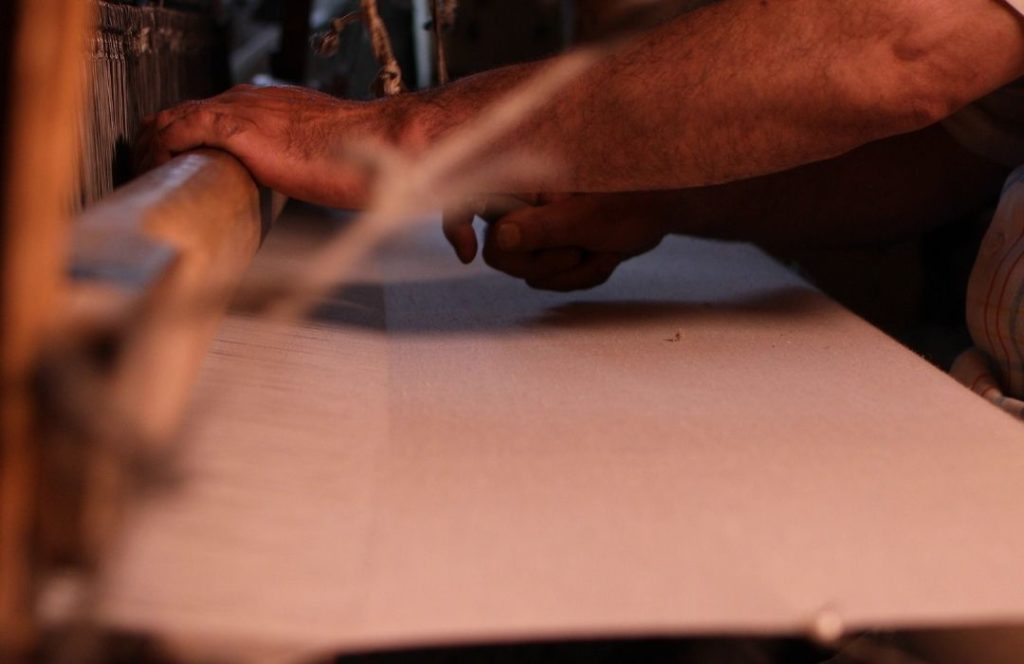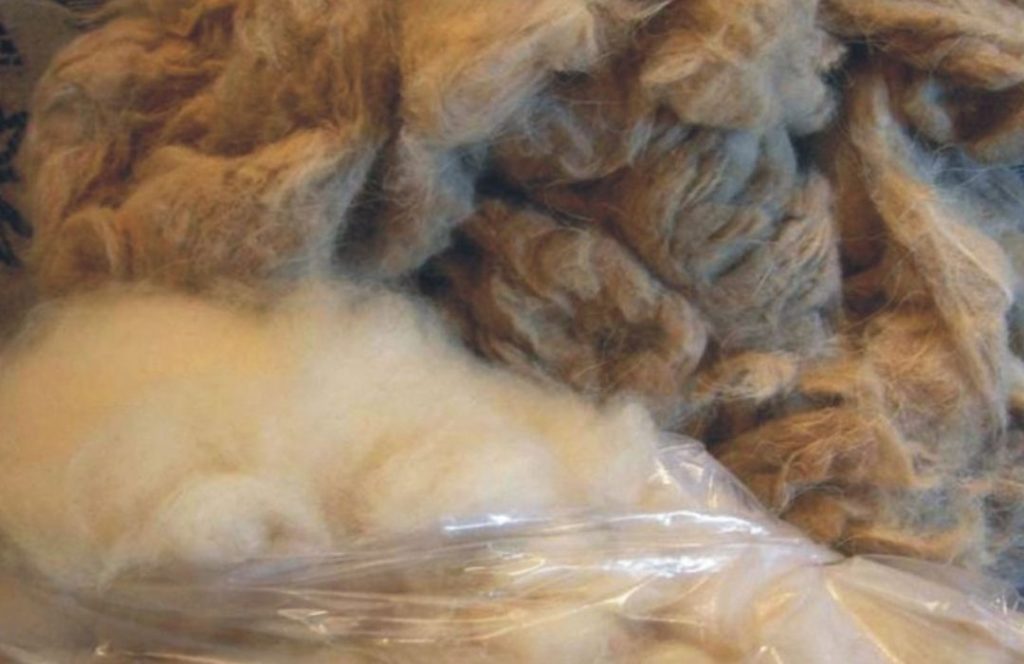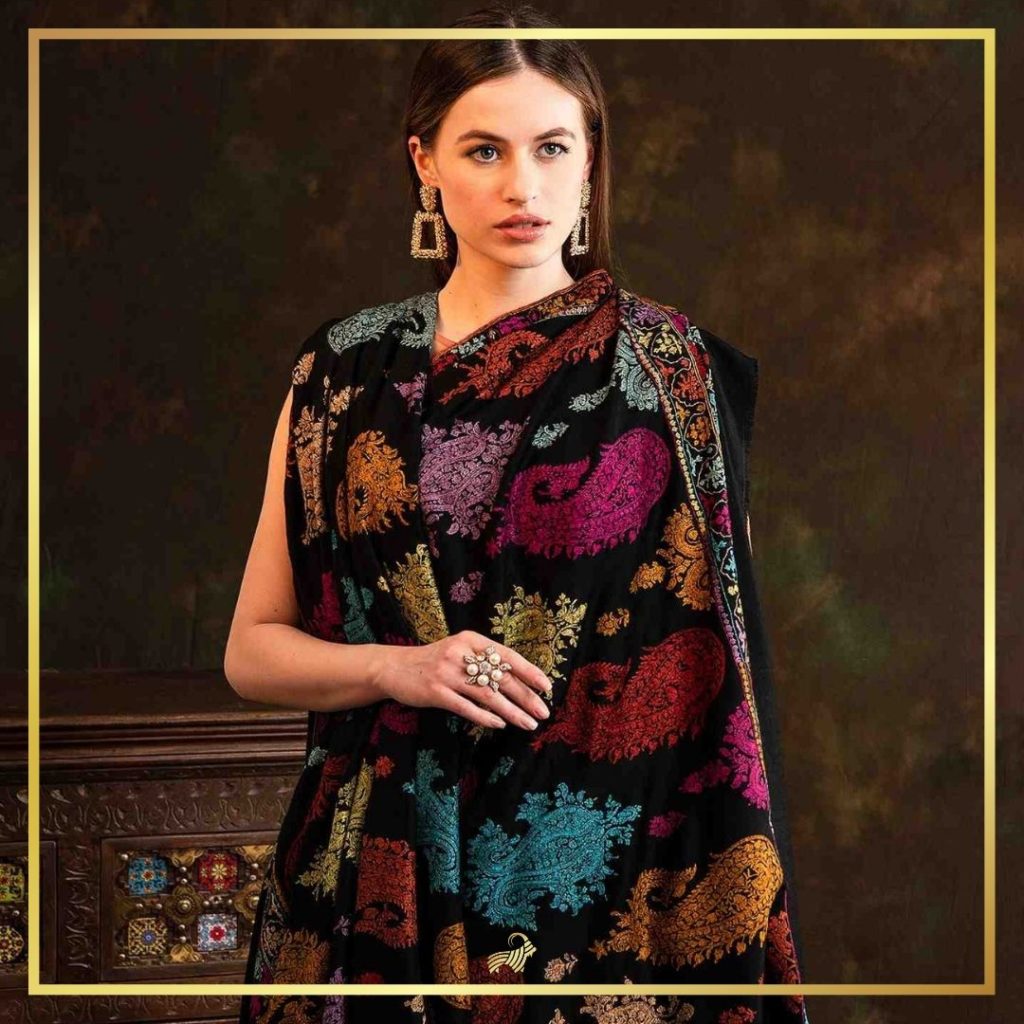Not just a few years, it has been decades since people are mystified about the difference between Cashmere and Pashmina. After all, Pashmina shawls and scarves are such expensive accessories that one should definitely do full research about its originality, pricing, and gain full knowledge about its comparison with other types of wool. But if during this research, one comes up with a number of names for the same thing, he is bound to get confused. Are you buying Pashmina or Cashmere? Is Pashmina the same as Cashmere? If not, is Pashmina better than Cashmere?
To look for answers, we had to dig deep into the history of Cashmere and Pashmina. When we know the source of something, we can easily differentiate it from other terms. Let us take ourselves back several centuries, and know the origin of Cashmere and Pashmina.
History of Pashmina
It was the 15th century when a saint from Persia visited Kashmir. His name was Mir Sayyid Ali Hamdani, and he had come to preach Islam to the local community. On his visit, however, he discovered a rare goat species in the Ladakh area. This goat looked exotic, and produced an exceptionally soft wool type, never discovered before. The saint immediately ordered its acquisition and processing, and when the wool was processed to fine fabric, he ordered socks to be made from it. The socks were of exceptional quality, and the saint decided to gift it to the then king of Kashmir Zain ul Abideen. The king was highly impressed, and soon inquired about this wool type. On knowing its origins, he ordered processing units to be set up to process this fine wool.
Since it was discovered by the saint from Persia, the wool was called ‘Pashm’, which literally translates to ‘soft gold’. Soon the saint invited a large number of craftsmen and artisans from Persia, who were masters in spinning and weaving wool. They trained the locals to spin and weave this newly discovered Pashm wool, and handcraft shawls, scarves, socks, wraps, and even apparel from this heavenly soft wool. These wearables came to be known as Pashmina shawls, Pashmina scarves, and the like.
History of Cashmere
As soon as the news of Pashmina shawls and scarves spread around, it reached the farthest corners of the world. Europeans were especially interested in it and soon visited the valley to see for themselves. Upon reaching Kashmir, they were fascinated. They had never experienced such heavenly softness and lightweight fabric that they saw. They decided to take some with them in bulk, and import more in the future from Kashmir.
Since Europeans could not pronounce Kashmir as locals did, they pronounced it as ‘Cashmere’, which is an anglicization of the term Kashmir. Hence Cashmere was a term that Europeans used to name soft wool.
Difference Between Cashmere and Pashmina

Hence the term Cashmere, as coined by foreigners, is the name given to the fine wool that grows on the goat’s body. Pashmina, on the other hand, is the art of transforming Cashmere into luxury wraps, scarves, apparel, and furnishing accessories. A large number of people use these terms synonymously, but there is a difference.
Also read: Which country has the best Cashmere?
From Cashmere to Pashmina
Wool is acquired from sheep, but Cashmere, even if it is called Cashmere wool as a general term, is actually goat hair. A rare goat of Ladakh grows it as a down coat on its underbelly, neck, and behind the ears. It is smooth, soft, and immensely warm. The goat grows it as a defense mechanism against the harsh cold that this region experiences (-40 degrees C in winters). The wool keeps it warm and safe.
As soon as Spring arrives, the goat experiences hormonal changes and starts losing this hair. And in summer, the goat is uncomfortable enough to get rid of it itself. It rubs its body against rough and coarse surfaces, and a large portion of the hair is left in the surroundings helter-skelter. The rest of the hair on its body is professionally combed off with the help of specialized combs. Hence the goat is free, and herders are left with the exceptionally soft and warm wool.

This fine wool is sent to Kashmir for processing. Processing starts with cleaning this wool as it is full of foreign materials like dust, vegetable remains shrub thorns, etc. It is cleaned by women who take a few days before passing it forward as fully clean. Next, it is handed over to spinners, who spin it on a spinning wheel and convert lumps of wool to fine yarn. The yarn is taken to handlooms, and handwoven for 3 to 4 days to convert yarn to fabric. This complete process is an art form and is called Pashmina.
These luxury shawls are special

If you have experienced the luxurious touch of a Pashmina shawl, you will have the knowledge of what a heavenly accessory it is. Cashmere yarn, which makes Pashmina shawls, is 12 to 16 microns in diameter. Note that a human hair is 50 microns, which makes Cashmere yarn about one-fourth of human hair. It is the finesse of Cashmere that makes Pashmina shawls so fine and lightweight. A 100*200 (B*L) cm women's shawl weighs around 400 grams. It is so soft and easy to carry that it has been used for everyday use. This, however, wasn't the case in ancient times, and only queens and the affluent used it for special occasions or as gifts.
A Pashmina shawl lasts for an entire lifetime. The present generation is believed to possess shawls that are as old as 30 years. These shawls belong to their mothers, who purchased them in their teenage or early 20’s. But not even a bit in their grace diminished. In fact, it is said that the older a Pashmina shawl grows, the more elegant it looks. Users say that age-old Pashmina shawls acquired an heirloom look, and looked more regal as compared to a newly purchased shawl.
Also read: What is the price of Real Pashmina shawl?